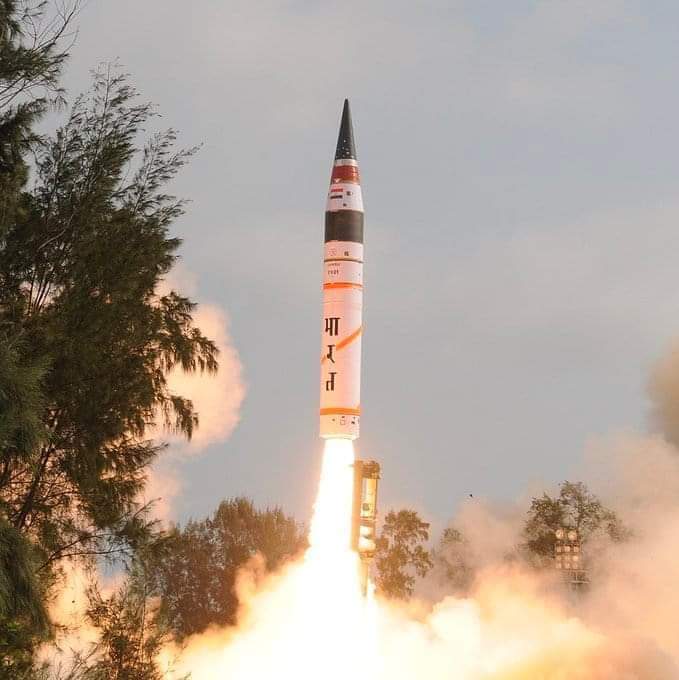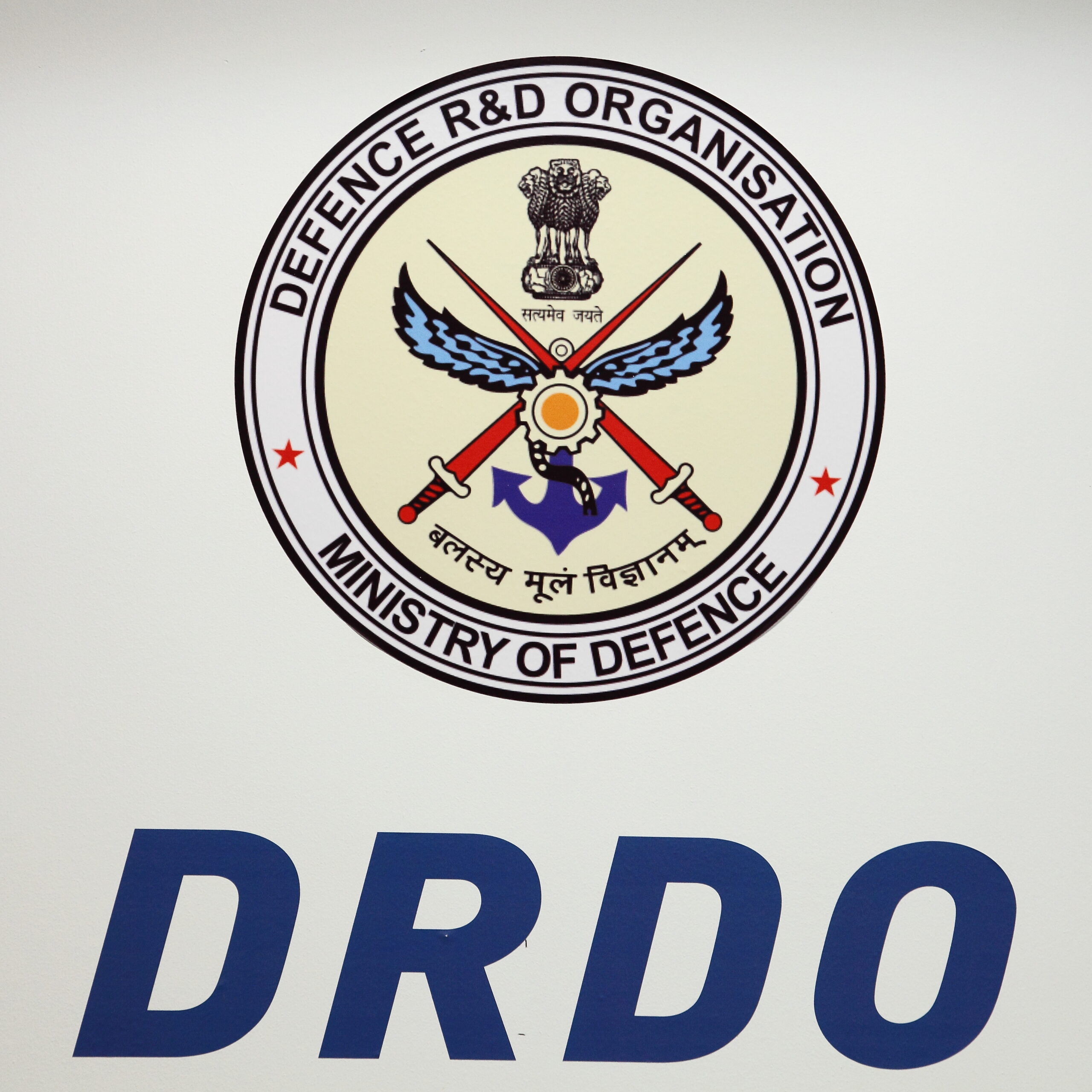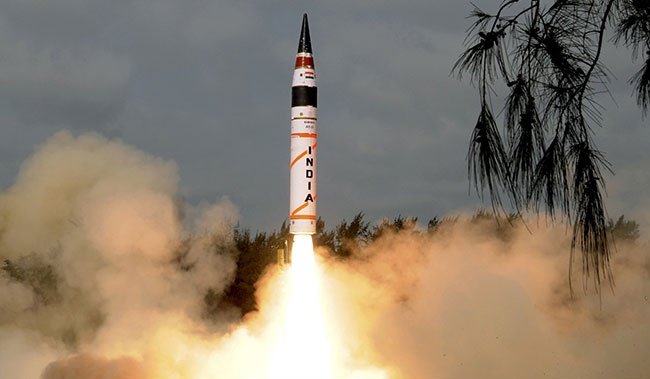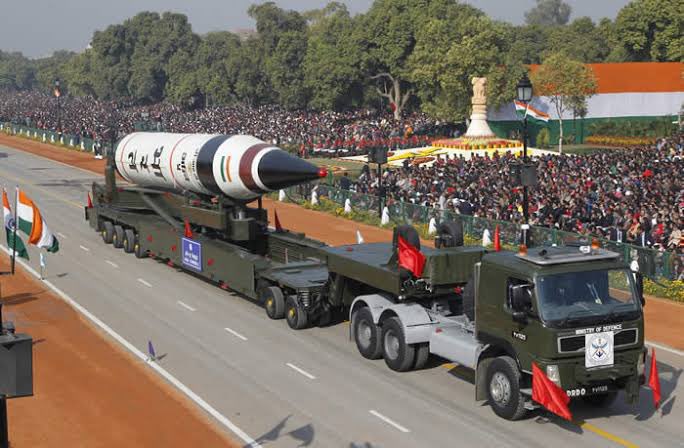PM Modi Congratulates DRDO for Developing Agni-5 Domestically and Commends Mission Divyastra
The first-ever Agni-5 missile test in India using MIRV technology was successfully launched, and Prime Minister Narendra Modi commended the DRDO experts for their accomplishment.
On Monday, as India conducted the maiden flight test of its domestically developed Agni-5 missile, Prime Minister Narendra Modi praised experts at DRDO. With the numerous Independently Targetable Re-entry Vehicle (MIRV) technology fitted, the weapon can more accurately deliver numerous warheads to distinct targets. Agni 1 to 4 missiles, which have ranges of 700 to 3,500 kilometers, have already been deployed by the nation.
The several Independently Targetable Re-entry Vehicle (MIRV) technology of the new DRDO (Defence Research Development Organization) weapon system guarantees that a single missile can deploy several battle heads and kill targets at different locations simultaneously.
Only a few countries presently possess the technology, and with India’s test, it has joined the exclusive group, according to official sources. Countries like the US, UK, Russia, France, and China have developed MIRVs.
“We are proud of our DRDO scientists for Mission Divyastra, which is the first flight test of the Agni-5 missile, which is an indigenously developed missile that uses Multiple Independently Targetable Re-entry Vehicle (MIRV) technology,” the prime minister tweeted.
The Agni V flight test, conducted as part of Mission Divyastra, is a significant turning point in India’s development of a more prominent geostrategic role and repertoire.I extend my sincere congrats to Team DRDO on this significant accomplishment. “I have no doubt that they will continue to accelerate in their pursuit of excellence and independence,” President Droupadi Murmu stated.
The issuance of a no-fly NOTAM, or notice to airmen, within that range has led to suspicions that the weapons system was tested within a 3,550 km range.
According to Dr. Saraswat, every “baby missile within the mother missile”—in this instance, Agni-5—has an independent control and guidance system. “They can get launched some 300-400 km above the main target site and can hit independent targets,” he stated.
According to him, the primary missile in Divyastra is a three-stage Agni-5 missile, but its nose cone has been altered to accept numerous micro- and mini-nukes as well as a large thermo-nuclear weapon. Every MIRV functions as a focused tactical weapon.
Since the 1990s, Agnes has been a weapon in India’s armory. Even though India has tested Agni-5 several times in recent years, the new system raises the nation’s capacity for a second attack to entirely new heights, according to sources.
“Each baby missile has its own attitude and guidance control software, so if one puts a seeker on the missile, one can even zero in on moving targets like ships,” Dr. Saraswat said.
Five facts to know about Agni-5 nuclear missiles manufactured in India are as follows:
- A single missile carrying four to six nuclear warheads, each designed to strike a different target, makes up a MIRV payload. Only a few countries are able to use MIRV.
- With a 5,000-kilometer maximum range, Agni-5 missiles are capable of striking nearly all of Asia, including the northernmost portion of China, as well as some areas of Europe. With the ability to precisely deliver many warheads to various targets, it will significantly improve India’s national security.
- India has already conducted several Agni 5 tests. That being said, this was the first flying test with MIRV.
- Additionally, this system has high-accuracy sensor packages and native avionics systems to guarantee that the re-entry vehicles arrive at the target places with the appropriate precision.
- According to government sources, there is a female project director and significant female contributions to the project.
FAQs
What is Mission Divyastra?
The first successful flight test of the locally developed Agni-5 missile featuring Multiple Independently Targetable Re-Entry Vehicle (MIRV) technology was carried out by the Defence Research and Development Organization (DRDO). Mission Divyastra was a flight test that was conducted from Dr. APJ Abdul Kalam Island in Odisha.
What is mirv missile technology?
A missile equipped with multiple independently-targetable reentry vehicles (MIRVs) can fire numerous nuclear warheads at distinct targets hundreds of kilometers apart. MIRVs have the capacity to launch several warheads, whereas conventional missiles are only equipped to carry one.
What is Agni 5 missile?
Agni is a long-range missile that the Defence Research and Development Organization, or DRDO, developed in-house. Since the early 1990s, the Indian armed forces have had the Agni missile family.
Also, visit…
Ramadan 2024: Saudi Arabia and The United Arab Emirates Saw a Crescent Moon Tonight
WTC points table 2024: NZ vs AUS, India has Reclaimed The Top Spot in The ICC Test Rankings
James Anderson becomes the first pacer to reach 700 wickets in Test Cricket




